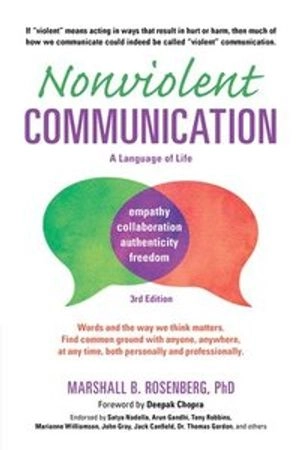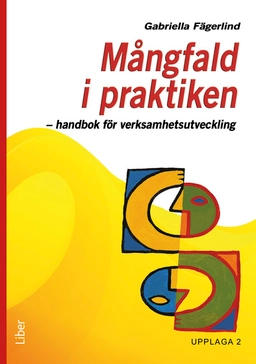

Nonviolent communication : a language of lifeUpplaga 3
- Upplaga: 3e upplagan
- Utgiven: 2015
- ISBN: 9781892005281
- Sidor: 264 st
- Förlag: PuddleDancer Press
- Format: Häftad
- Språk: Engelska
Om boken
Åtkomstkoder och digitalt tilläggsmaterial garanteras inte med begagnade böcker
Mer om Nonviolent communication : a language of life (2015)
2015 släpptes boken Nonviolent communication : a language of life skriven av Marshall B. Rosenberg. Det är den 3e upplagan av kursboken. Den är skriven på engelska och består av 264 sidor. Förlaget bakom boken är PuddleDancer Press.
Köp boken Nonviolent communication : a language of life på Studentapan och spara pengar.
Referera till Nonviolent communication : a language of life (Upplaga 3)
Harvard
Oxford
APA
Vancouver



















